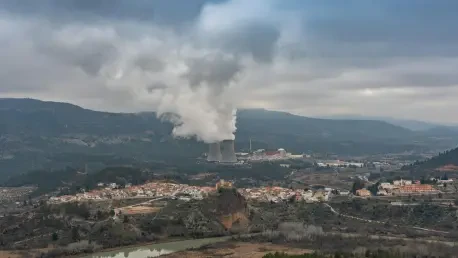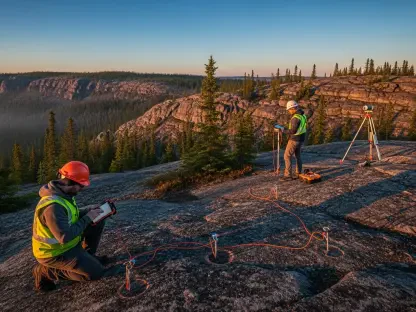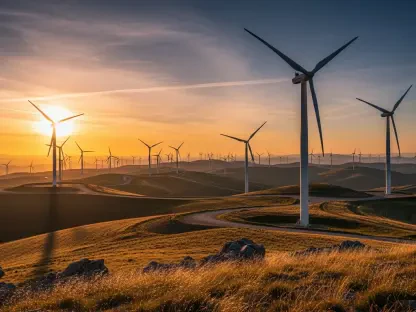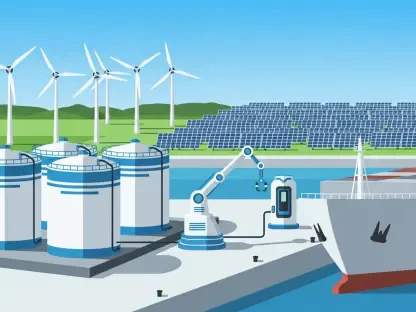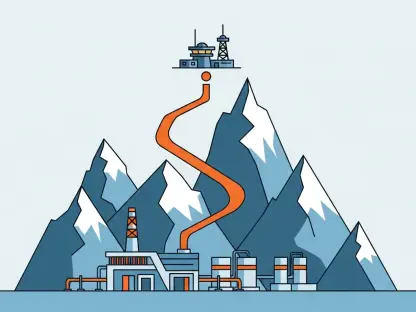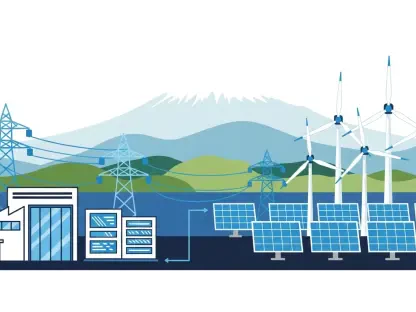As Spain grapples with the future of its energy sector, we’re thrilled to sit down with Christopher Hailstone, a seasoned expert in energy management, renewable energy, and electricity delivery. With his deep knowledge of grid reliability and security, Christopher offers a unique perspective on the recent move by Iberdrola, Endesa, and Naturgy to seek an extension for the Almaraz nuclear plant. In this conversation, we explore the motivations behind this request, the challenges of Spain’s nuclear phase-out plan by 2035, the impact of taxation on the industry, and the broader implications for energy security and safety in the country.
What sparked the decision by Iberdrola, Endesa, and Naturgy to push for an extension of the Almaraz nuclear plant’s operational life?
Well, the decision comes at a critical juncture for Spain’s energy landscape. A significant trigger was the major blackout in April, which exposed vulnerabilities in the grid and reignited debates about the role of nuclear power in ensuring stability. Beyond that, there’s growing concern about meeting energy demand as the country transitions away from nuclear by 2035. With renewables still scaling up, nuclear plants like Almaraz provide a reliable baseload that’s hard to replace overnight. The companies likely see extending the plant’s life as a way to bridge that gap while avoiding potential supply shortages.
How does the timeline for shutting down the Almaraz plant fit into Spain’s broader nuclear phase-out strategy?
Spain has a clear roadmap to phase out all nuclear reactors by 2035, and Almaraz is set to be the starting point. Under the current plan, the first reactor at Almaraz is slated to close in 2027, with the second following in 2028. This early shutdown is symbolic of the country’s commitment to moving away from nuclear, but it also puts pressure on the grid since Almaraz is a significant power source. Losing both reactors in quick succession could strain capacity, especially if alternative energy sources aren’t fully ramped up by then.
Can you break down the ownership structure of the Almaraz plant among the three companies involved?
Sure, the ownership of Almaraz is split among Iberdrola, Endesa, and Naturgy, with Iberdrola holding the largest stake at nearly 53%. Endesa comes in second with about 36%, while Naturgy has a smaller share of roughly 11%. This distribution means Iberdrola has the most influence over strategic decisions, but all three have a vested interest in the plant’s future. The smaller stakes of Endesa and Naturgy might limit their leverage, but their collective push for an extension shows a unified front on the issue.
What steps are these companies taking to request an extension from the Energy Ministry?
From what I understand, the companies have agreed to pursue an extension and are in the process of preparing a formal request to the Energy Ministry. While specifics aren’t public yet, this likely involves compiling technical data on the plant’s condition, safety protocols, and its role in grid stability. They’ll need to navigate a complex approval process, facing potential pushback from policymakers committed to the 2035 phase-out. Public opinion and political dynamics could also pose significant hurdles, as nuclear energy remains a divisive topic in Spain.
How does this request for an extension align with Spain’s goal of phasing out nuclear power by 2035?
It’s a bit of a tension point, to be honest. The 2035 deadline reflects a strong policy push toward renewables and decarbonization, but requesting an extension for Almaraz signals that the companies see nuclear as a necessary stopgap. If approved, it could prompt a broader discussion about whether the phase-out timeline is realistic given current energy needs. Historically, these companies have advocated for revisiting the shutdown schedule, so this move isn’t entirely unexpected—it’s more of a continuation of their stance that nuclear still has a role to play.
The government has outlined conditions like safety and security of supply for even considering an extension. How might the companies address these concerns?
Meeting the government’s conditions will be critical for the companies. On safety, they’ll likely propose rigorous maintenance plans, upgrades to aging infrastructure, and regular inspections to ensure Almaraz operates without risks. For security of supply, they can argue that extending the plant’s life prevents potential blackouts and stabilizes the grid while renewables scale up. As for avoiding a burden on taxpayers, they might emphasize that the extension would be funded through their own investments, not public money, though that’s easier said than done given the fiscal scrutiny they’ll face.
Taxes on nuclear energy have been a sticking point for the industry. Can you shed light on why these companies view them as such a barrier?
Absolutely. The nuclear sector in Spain has long argued that high taxes undermine their ability to compete with other energy sources. These taxes increase operational costs, which can make nuclear plants less economically viable compared to renewables or fossil fuels in the short term. For companies like Iberdrola, Endesa, and Naturgy, this fiscal burden limits their capacity to invest in maintenance or upgrades at plants like Almaraz. They’ve been vocal about needing a more balanced tax framework to keep nuclear as a feasible part of the energy mix during the transition period.
Looking ahead, what’s your forecast for the role of nuclear power in Spain’s energy future?
I think nuclear power in Spain is at a crossroads. While the 2035 phase-out remains the official policy, practical challenges like grid reliability and energy demand could force a reevaluation. If extensions like the one for Almaraz are granted, we might see a slower transition, with nuclear playing a supporting role for longer than planned. However, the push for renewables is unstoppable, so nuclear’s future likely hinges on how well it can complement green energy without becoming a financial or political liability. It’s a delicate balance, and the next few years will be telling.
